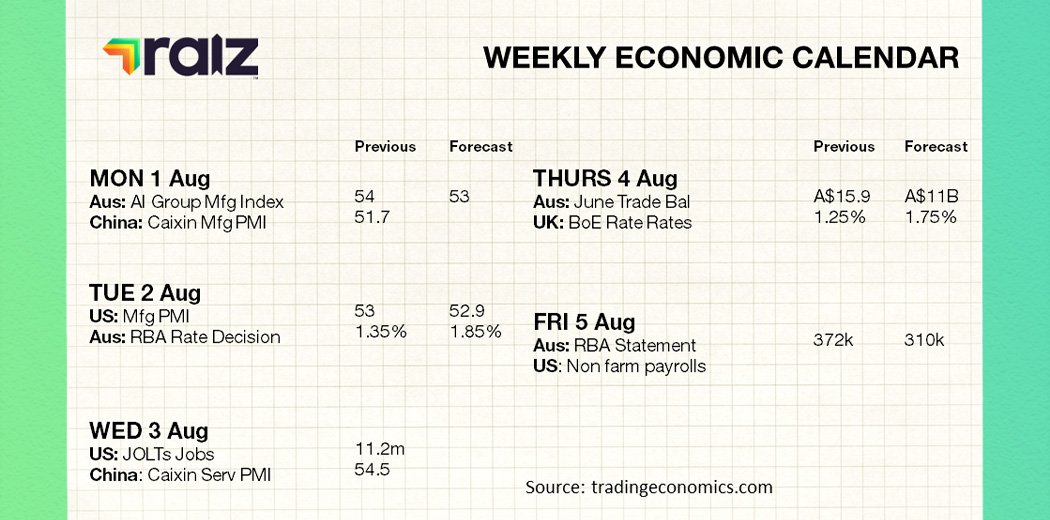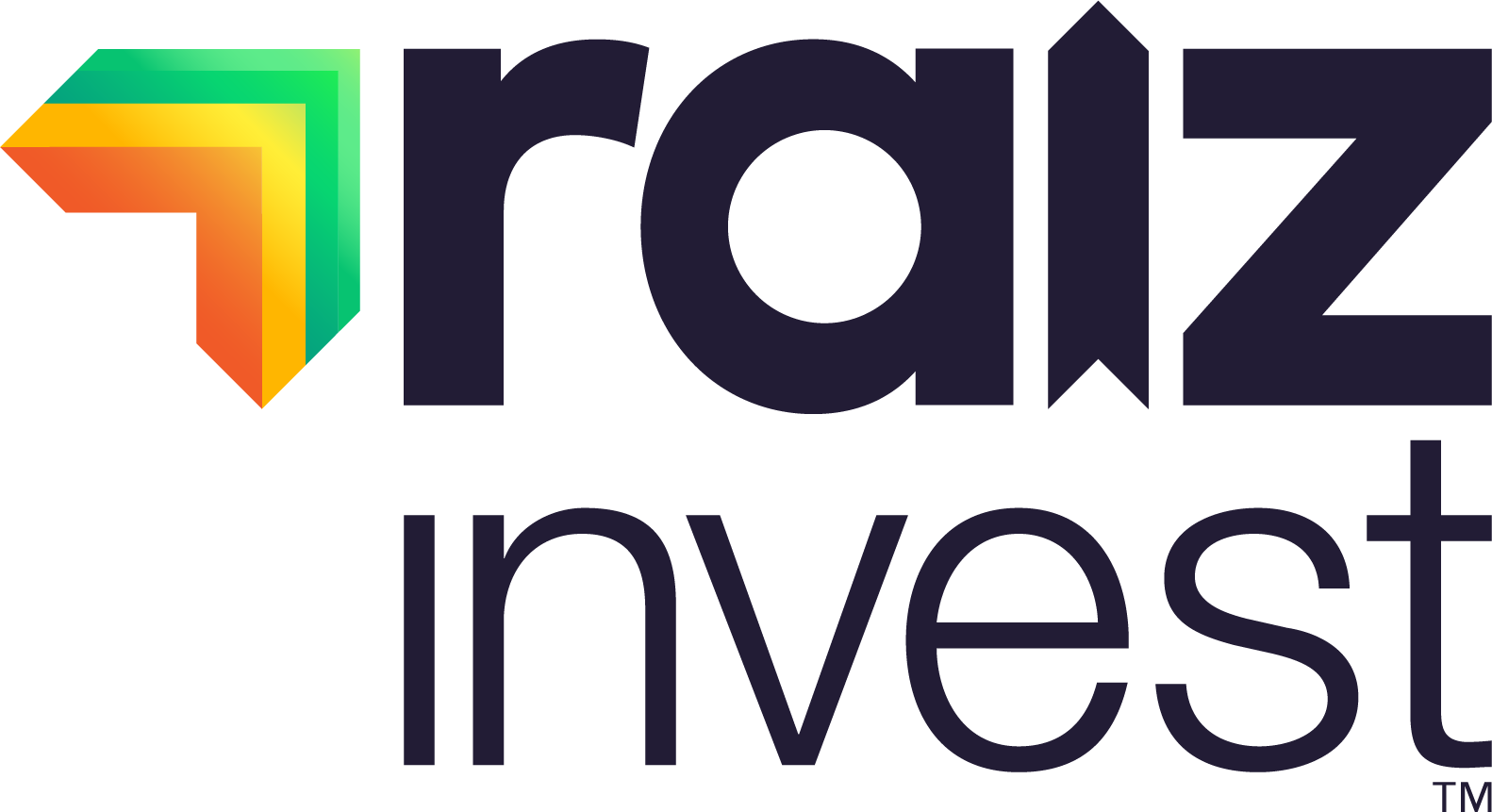Recently we’ve had some requests from the community to release a breakdown of the selection of our portfolios. Today we’re happy to share that with you!
Read Post
Uncategorized Archives - Page 40 of 60 - Raiz Invest

06-07-20
George Lucas, Raiz CEO
In the wake of the resurgence of coronavirus in Victoria, it’s clear that the most effective form of government action to ensure a quick recovery will be a plan that reassures Australians it is possible to reopen without risking new outbreaks of the virus, and that if new outbreaks do emerge, like in Victoria, they can be contained without having to reimpose national or state-wide lockdowns. Read Post



Despite COVID-19 restrictions easing across the country, the economic fallout from the pandemic continues to be felt many thousands of Australians from all walks of life. However, it’s also the perfect time to look forward and make sure your finances are stronger than ever to meet whatever challenges arise down the track. Read Post



While coronavirus has caused a lot of disruption across the country, tax time is a chance to take advantage of extra measures aimed at helping taxpayers navigate the pandemic.



Want to get some context on these upcoming global economic data points and understand what they mean? Raiz has you covered! Read Post



There’s no doubt that COVID-19 has had an enormous impact on markets the world over, as investors scramble to find a good place to keep their money.
Read Post





Media Release
Raiz Invest, Australia’s leading micro-investing app, will offer investors exposure to Bitcoin with the launch of its seventh investment portfolio that will have a five per cent target allocation to this alternative asset class. Read Post





25-05-20
From George Lucas, Raiz CEO
China unveils new COVID-19 stimulus measures
This week saw China pledge $500 billion worth of fiscal stimulus measures to support its economy as part of a bid to soften the impact of the coronavirus pandemic on livelihoods by creating nine million jobs and ensuring local governments can function. Read Post






